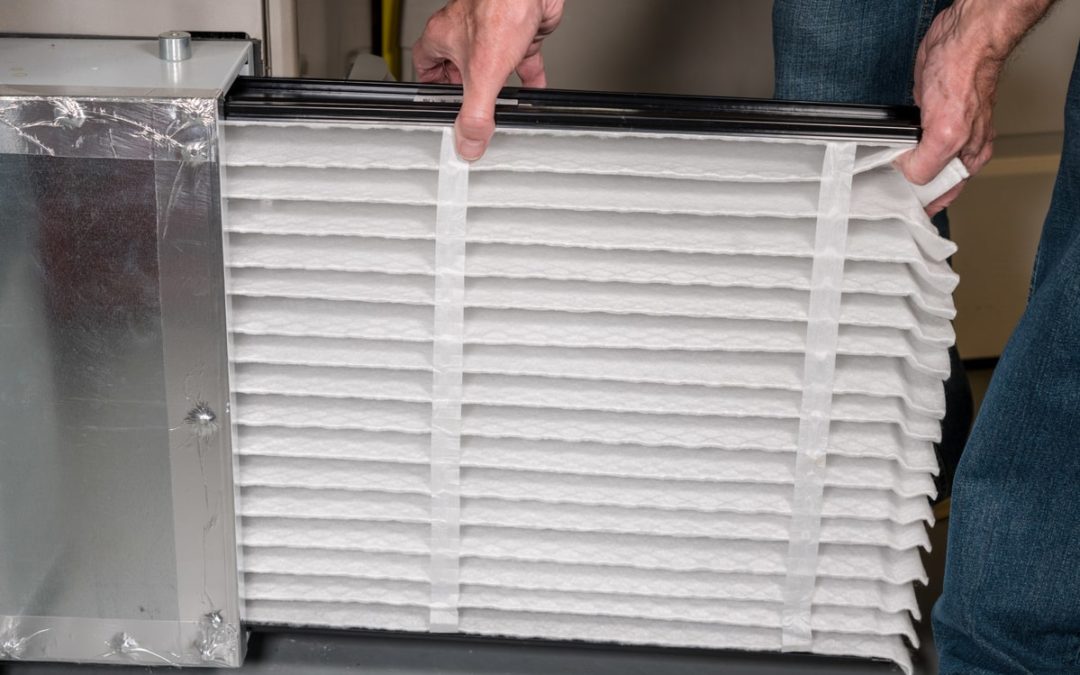You are TIRED. You drove home from a long workday, navigated your way thru insane GTA traffic, desperately trying to get home to rest your tired soul, only to find YOUR FURNACE ISN’T WORKING!?!?!?!
Take a minute. Freak out a little. Shout if you need to.
Ok. Once you’ve calmed down, here are SIMPLE, Step by Step Instructions on What to Check if your GAS FURNACE ISN’T WORKING:
Step #1: Check your furnace’s air filter and Change it if it’s dirty
A dirty or clogged air filter can cause a furnace to shut off.
If the air filter gets too clogged, it will restrict airflow through the system, causing the heat exchanger to overheat and shut off automatically.
Your furnace air filter catches the dust, debris and particles in the air before the air enters the blower motor. The blower motor functions to push this air past the heat exchanger into the supply plenum for distribution throughout your home’s air duct system.
This means that a dirty and clogged air filter will lead to build up in the heat exchanger causing unnecessary wear and tear to your furnace.
BEFORE YOU START CHANGING THE AIR FILTER, be sure to turn off your furnace’s shut off switch (right on the furnace itself) and set the thermostat to off.
Regular air filter replacement is essential to keep your furnace running efficiently full the full term of its life span (15 years+ for a well-made quality furnace).
Step #2: Check your Thermostat
Your thermostat measures the temperature and triggers (sends an electrical current) to the ignitor which then lights the burner.
Whether your furnace is not coming on entirely or is simply not blowing any heat, its worth checking to see if the thermostat is working properly (sending the signals it is supposed to send).
- Set your thermostat higher (usually 5 degrees above room temperature) to see if that triggers the furnace to come back on.
- Sounds incredibly simple but the problem could be dead batteries. Replace the thermostat batteries.
- Finally, open the thermostat panel and gently blow out any dust or debris that may have accumulated.
Step #3: Check your Air Ducts
Air Ducts located throughout your home circulate the heated air. The handles protruding from the ducts are called ‘dampers’ and these dampers control the airflow.
Air ducts need to be fully open for air to pass through. If the air ducts are in fact open and there are ‘cold spots’ throughout your home or air isn’t blowing from any duct, the ducts may have cracks or holes in them which means the hot air being produced by your furnace is escaping on the route.
High energy bills are often a tell-tale sign of leaky ducts.
Depending on your level of skill & desire, you can DIY repair leaky ducts or contact a qualified HVAC professional to do this common repair task for you.
Step # 4: Check the Blower Motor Panel
The Blower Motor (contained inside a panel) pushes the air past the heat exchanger into the supply plenum for distribution throughout your system. If the blower motor panel is not shut properly, it’s safety feature prevents the furnace from running.
Check the panel door to make sure it is shut securely.
There should be an inspection window on your furnace. A flashing green light indicates a working blower system, but if it is red or not blinking, there are issues.
You many need to call an HVAC technician to inspect the motor, control board, transformer, and other components that may have malfunctioned.
Step #5: Check your GAS VALVE
Most modern homes in Canada run on gas furnaces.
Gas as fuel is sent to the burners, which are ignited by the hot surface ignitor to produce a consistent, controllable flame that sends heat to the heat exchanger.
And so, if the gas valve is shut (often accidentally) no gas can or will enter the furnace and so, the burners won’t have a fuel source.
A NOTE ABOUT PILOT LIGHTS: Many older furnaces have pilot lights. If your furnace has a pilot light, check to make sure it is lit. If the pilot light is yellow, it may suggest the presence of carbon monoxide. A blue flame indicates the gas mixture is regular vs. a yellow flame indicates it is not. If carbon monoxide is detected, a trained technician can determine whether the mechanical components of the furnace are causing the issue or energy connection from your house is the issue.
When to Get Professional Service
If none of the home troubleshooting solutions seem to remedy the problem, there may be some component issues requiring a service call from a trusted HVAC service company.
